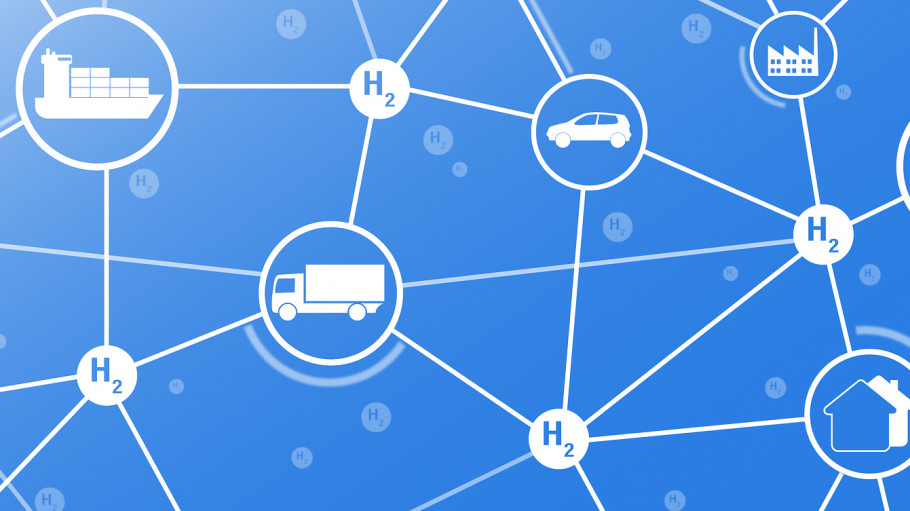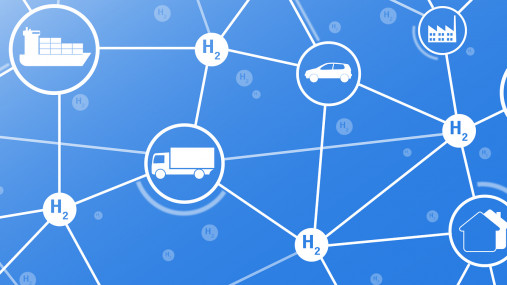
Publications » Position papers » EUROFER Energy Manifesto
EUROFER Energy Manifesto
Downloads and links
Recent updates

The ongoing crises stemming from the Russian attack on Ukraine and the persistent surge in energy prices which began during the last quarter of 2021 are posing considerable challenges to the European economy and its society. Such dynamics are also severely affecting the competitiveness of the European steel industry as raw materials and energy supply chains are disrupted, energy prices skyrocketing, and steel production costs reaching unfeasible limits.
Actual and potential future trade embargos and disruptions to the supply chain of raw materials and energy are also exposing the urgency and relevance of the decarbonisation efforts of the European steel industry. As rightfully recognised, the steel sector plays a crucial role in the fight against climate change, enabling the Union’s transition towards carbon-neutrality, enhancing the resilience and autonomy of the European Union, and ultimately contributing to its global competitiveness. It is therefore vital that the revised energy system strategy of the European Union presented in May 2022 turns the challenges of decarbonisation and reducing the dependency on Russian fossil fuels into opportunities for the Union and the steel industry to improve strategic autonomy and to build a fully resilient, internationally competitive and decarbonised economy.
Accordingly, both short-term and long-term measures by the EU are therefore needed for the steel sector including support solutions, beyond state aid, capable of delivering structural changes to the European energy system. In this context, it is essential to increase the participation of industrial end-users in energy policy-making discussions on an equal footing in all relevant fora and within the energy value chain (e.g., in view of the temporary platform of the European Network of Hydrogen Network Operators [ENNOH] as proposed in the Gas and Hydrogen Decarbonisation Package).
Against this background, we wish to stress the necessity for the upcoming revised Communication on RePowerEU to carefully consider and incorporate the following issues of high importance for the European steel industry as part of the Commission strategy:

Download this publication or visit associated links
Strasbourg, 17 December 2025 – The European Commission’s latest proposals on the Carbon Border Adjustment Mechanism (CBAM), unveiled today, correctly identify several loopholes that risk undermining its effectiveness, notably regarding EU exports, downstream sectors and circumvention practices. However, despite these laudable efforts, the measures put forward fail to deliver a comprehensive and durable response to carbon and jobs leakage, warns the European Steel Association (EUROFER).
A milestone occasion to quickly and effectively restore affordable electricity, to relaunch the
decarbonization and strengthen the international competitiveness of the European steel
industry.
Brussels, 02 December 2025 – Unchanged negative conditions – U.S. tariffs and trade disruptions, economic and geopolitical tensions, protracted weak demand and still high energy prices – continue to weigh on the European steel market. EUROFER’s latest Economic and Steel Market Outlook confirms for 2025 another recession in both apparent steel consumption (-0.2%, unchanged) and steel-using sectors (-0.5%, revised from -0.7%). A potential recovery is expected only in 2026 for the Steel Weighted Industrial Production index (SWIP) (+1.8%, stable) and for apparent steel consumption (+3%, slightly revised from +3.1%) – although consumption volumes would still remain well below pre-pandemic levels. Steel imports retained historically high shares (27%), while exports plummeted (-9%) in the first eight months of 2025.